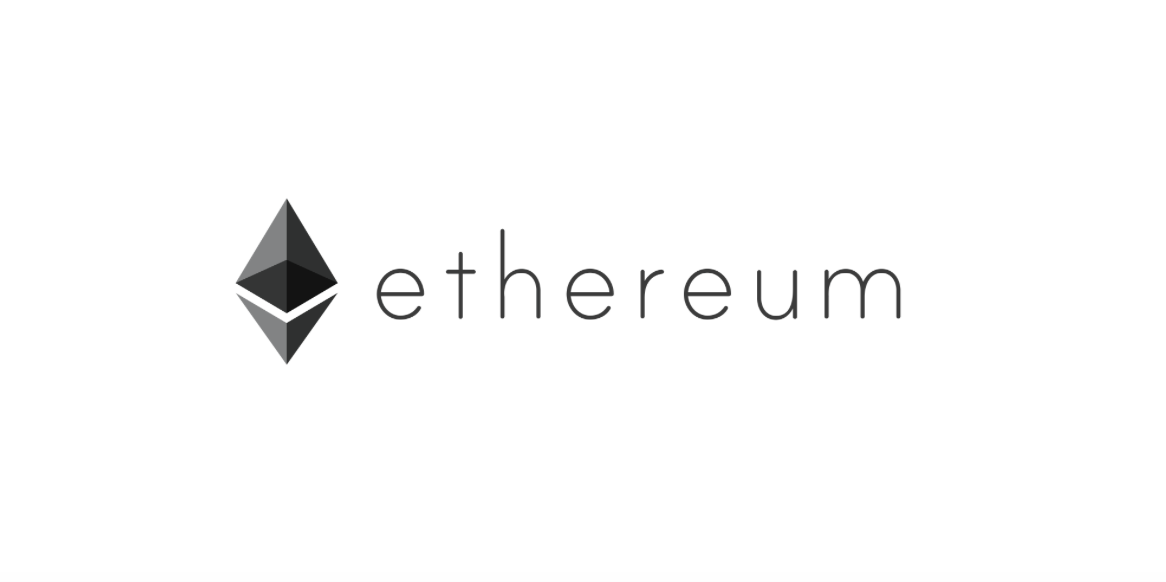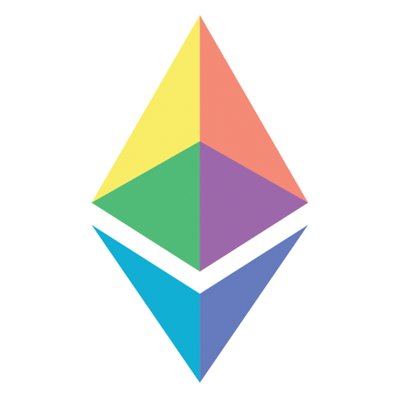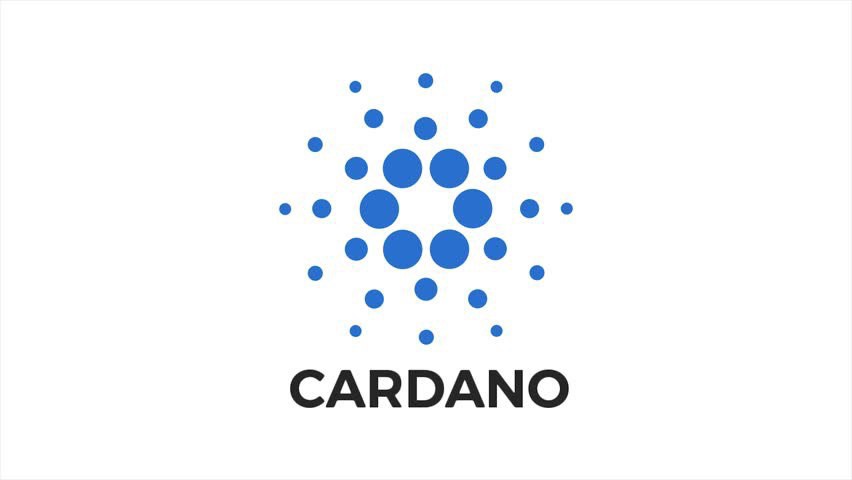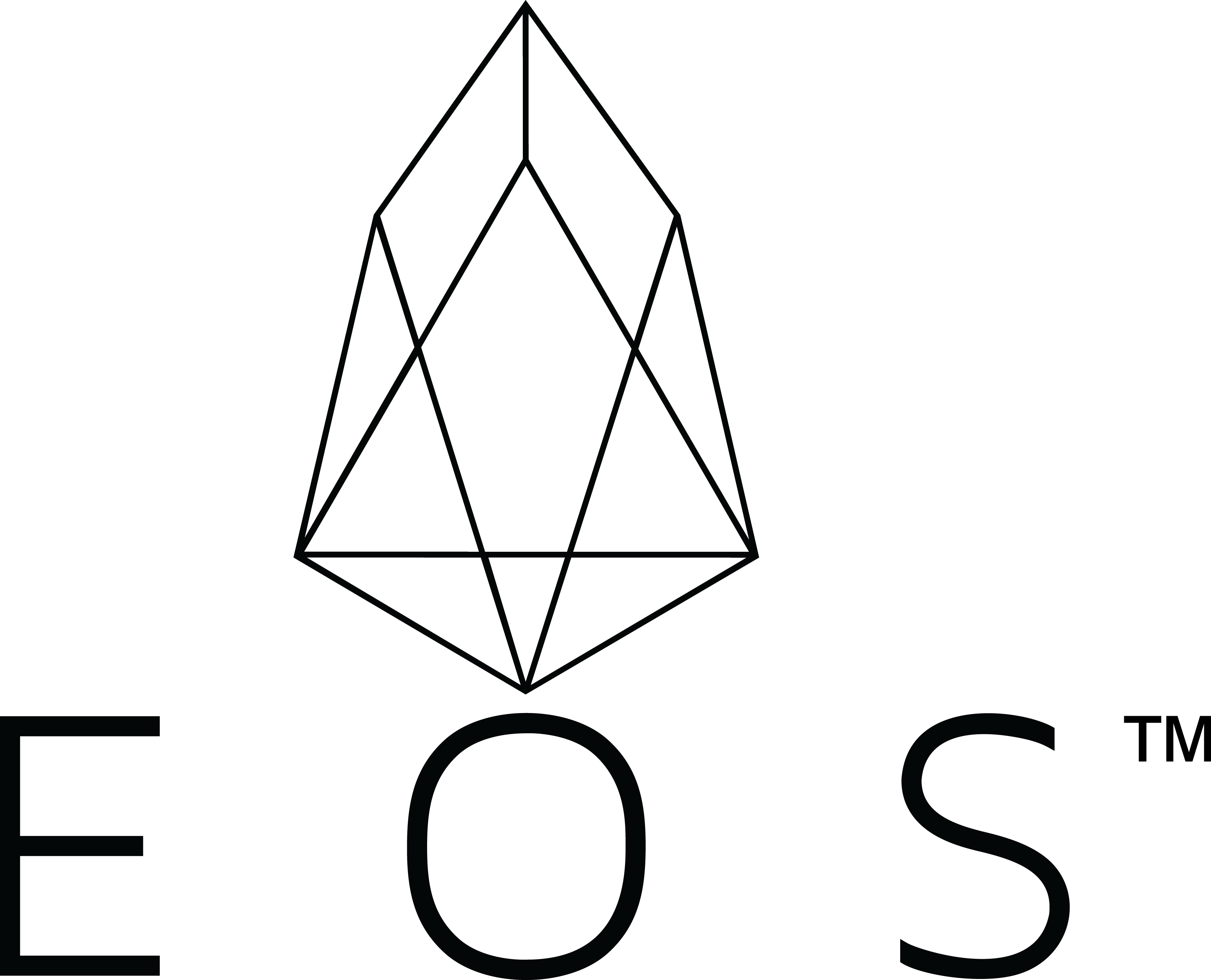Top 5 Ethereum Alternatives & Competitors, Reviewed for 2022

The DeFi explosion in 2020 and the NFT boom in 2021 took place on the Ethereum network. Unfortunately, this has created a score of problems for the network, resulting in the need for alternatives. In this guide, you will learn about five ethereum alternatives and competitors you can use instead.
Why Do You Need Ethereum Alternatives?
The rising popularity of decentralised finance (DeFi) and the NFT market has increased the activities and the users on the Ethereum network. As a result, the growing usage has congested the network causing the fees to soar. Also, transactions take longer to process.
 DeFi projects have exposed the scalability challenges of Ethereum. Every node on the network has to process every transaction that takes place on the network. Therefore, miners can only process a few transactions per second. The transaction throughput of Ethereum is seven to fifteen transactions per second.
DeFi projects have exposed the scalability challenges of Ethereum. Every node on the network has to process every transaction that takes place on the network. Therefore, miners can only process a few transactions per second. The transaction throughput of Ethereum is seven to fifteen transactions per second.
The Ethereum-based game CryptoKitties was so popular in 2017 that Ethereum users on Reddit asked the developers to pause the game to ease network congestion and the high fees. “There is a huge backlog and it needs to be cleared,” said one user. This is a good example of the problems the network is facing. Also, it indicates that the challenges did not start in 2020.
That said, Ethereum developers intend to solve the scalability issues with Ethereum 2.0. The first stage of upgrades has already been executed. This upgrade is the Beacon Chain, which brings staking to Ethereum. The developers could implement shard chains in 2021. This upgrade will improve Ethereum’s capacity to process transactions.
Ethereum 2.0 has come under criticism, however, for its intention to use an oligarchal governance system. Instead of honest nodes governing the network, those holding the largest amounts of ether will govern it. All in all, only time will tell whether these upgrades will solve the present challenges.
Best Ethereum Alternatives
While Ethereum developers solve these scalability issues, more and more crypto users could are shifting to Ethereum alternatives.
Binance Smart Chain
 Binance Smart Chain is a blockchain protocol that supports Dapps, DeFi projects, and smart contracts. The protocol runs parallel to the Binance Chain and has established itself as one of the most popular leading Ethereum alternatives for DeFi.
Binance Smart Chain is a blockchain protocol that supports Dapps, DeFi projects, and smart contracts. The protocol runs parallel to the Binance Chain and has established itself as one of the most popular leading Ethereum alternatives for DeFi.
Binance Smart Chain (BSC) uses the Proof of Staked Authority (PoSA) consensus algorithm. To secure the network, 21 validators stake the native Binance ecosystem token, BNB. Validators get transaction fees as a reward for their services.
The features of BSC include:
- Interoperability: Binance Smart Chain has a dual chain architecture that enables users to transfer assets from one blockchain to another.
- Low transaction fees: BSC has lower fees than Ethereum. In a recent statement, Binance said the BSC transaction fees were 135 times less expensive than Ethereum. According to the company, they have maintained gas costs as low as $0.04 in contrast to Ethereum’s $5.53+.
- Higher transaction speeds: BSC has a high throughput to allow shorter confirmation time and higher transaction processing speeds.
Binance launched BSC in September 2020. Currently, BSC supports 42+ cryptocurrencies and 60+ DApps. Furthermore, there is $4.2 billion worth of digital assets using BSC.
Cardano
 Cardano is an open-source Proof-of-Stake blockchain platform backed by peer-reviewed research. The Cardano developers are creating a platform where organisations can develop DApps. The platform also has a multi-asset ledger and verifiable smart contracts.
Cardano is an open-source Proof-of-Stake blockchain platform backed by peer-reviewed research. The Cardano developers are creating a platform where organisations can develop DApps. The platform also has a multi-asset ledger and verifiable smart contracts.
The goal of this project is to restore trust to global systems by developing a more secure, transparent, and sustainable platform for people to transact, enterprises to thrive, and systems to govern.
Cardano uses the blockchain protocol Ouroboros, which enables decentralisation on the Cardano network. Also, it allows Cardano to scale to global requirements without compromising security. The Cardano developers also built Ouroboros on peer-reviewed research. They believe in researching before deploying protocols and platform integrations.
Ouroboros protects Cardano from Sybil attacks. Moreover, the platform secures transactions using multi-signatures and an extended UTXO model.
Other Cardano features include:
- Incentivised participation: stake pool operators and stake delegators receive rewards for their role in keeping the network running.
- Decentralised governance: individuals holding the native Cardano digital currency, ADA, can vote on upgrade proposals. They can also vote on the direction development will take.
- Wide range of use cases: enterprises in the supply chain, healthcare, education, and finance can use Cardano to solve varying problems.
Charles Hoskinson, the co-founder of Ethereum, launched Cardano in September 2017. He left Ethereum over differing opinions on keeping Ethereum non-profit.
Cardano has three partners. IOHK is the engineering company behind Cardano while Emurgo is a founding member of the Cardano protocol. On the other hand, the Cardano Foundation “is an independent standards body that oversees and supervises the advancement of Cardano and the Cardano ecosystem.”
EOS
 EOS is another popular alternative to Ethereum. The open-source protocol allows developers to build blockchain applications and smart contracts. For example, developers have built the public blockchains EOS and Telos on EOS.
EOS is another popular alternative to Ethereum. The open-source protocol allows developers to build blockchain applications and smart contracts. For example, developers have built the public blockchains EOS and Telos on EOS.
The EOS platform also provides fast transaction speeds and “a sub-second block latency rate.” On the EOS platform, you can build public, permissioned, permissionless, or private blockchain infrastructures. Note that EOS uses the Delegated Proof-of-Stake consensus mechanism.
Additional EOS features
- Feeless transactions: EOS eliminates the fee of processing transactions by allowing the network to cover these costs through inflation. Staking tokens covers incidental costs by giving users “who stake access to a proportional share of system resources.”
- Power distribution: on the EOS network, stake-holders choose the node operators. Additionally, system architects determine the number of node operators.
- Training and certification: you can take your developer skills to the next level with EOS courses.
The architect of EOS is Block.one. The company released EOS in January 2018. One of the co-founders, Daniel Larimer, left the company in January 2021. The CEO of Block.one is Brendan Blumer. The native cryptocurrency is EOS.
TRON
 TRON is more of an Ethereum copy than an Ethereum alternative but it has made this list because it boasts 1,600+ DApps and 46,000+ active DApp users. Moreover, the 24-hour DApp transaction volume is $25+ million.
TRON is more of an Ethereum copy than an Ethereum alternative but it has made this list because it boasts 1,600+ DApps and 46,000+ active DApp users. Moreover, the 24-hour DApp transaction volume is $25+ million.
TRON has created DAppChain, a sidechain that allows organisations to operate DApps on the network with low energy consumption, improved safety, and faster speeds. The sidechain uses the Delegated Proof-of-Stake (DPoS) consensus mechanism, like the main chain.
Users that hold the TRON native cryptocurrency, TRX, can vote for the 27 Super Representatives. These representatives verify and store the transaction data on the network. In return, they receive rewards for their efforts.
Other features
- Transactions per second: TRON processes 10,000 transactions per second, which is higher than Ethereum.
- TRON ecosystem: the TRON ecosystem boasts the TRON-based decentralised exchange PoloniDEX, the lending platform JustLend, JustSwap, a decentralised token exchange protocol, among other features.
- Token creation: companies can issue their own tokens on the TRON network. The two token standards are TRC-10 and TRC-20.
Justin Sun founded TRON in 2017. TRON Foundation, the organisation behind the project, raised $70 million through an ICO in 2017.
Algorand
 Algorand is an open-source permissionless blockchain that uses minimal computational power. The Algorand protocol supports smart contracts, DeFi applications, near-instant digital payments, and uses the Pure Proof-of-Stake consensus mechanism.
Algorand is an open-source permissionless blockchain that uses minimal computational power. The Algorand protocol supports smart contracts, DeFi applications, near-instant digital payments, and uses the Pure Proof-of-Stake consensus mechanism.
Algorand utilises sortition to choose users to propose blocks. Next, a committee of voters votes on the proposals and filters them down to one block. A separate committee then votes to certify the block. Each node gets a certificate of the block and the process starts all over again with new block proposers and voters.
Every user holding a stake obtains a reward for every block added to the chain. The reward is proportional to the stake.
Extra features
- Asset issuance and tokenization: Algorand allows asset tokenisation and issuance. The Algorand Standard Assets (ASA) offers a standard way to represent any asset type on the Algorand blockchain.
- Atomic transfers: Algorand provides secure and instant settlement of multiparty transactions.
- Rekeying: this feature enables users to change the private spending key without changing the public address.
Turing award-winning cryptographer, Silvio Micali, founded Algorand in 2017. The native cryptocurrency is ALGO.


Magic Eden Has Quietly Become the Best Ethereum NFT Marketplace

Samara Asset Group Launches Bitcoin CPI (BTCCPI)

Introducing Noones – Africa’s P2P Super App

Why Crypto’s Leading the Way in Africa’s Evolving Finance Landscape

The Rise of Bitcoin in the Online Gaming World

Unlock the Thrills of NHL Crypto Betting and Live Streaming

Understanding the Impact of Cryptocurrency Volatility on NBA Betting Markets

The Future of Crypto College Football Betting: Trends and Predictions

How Mobile Apps are Changing Sports Betting


